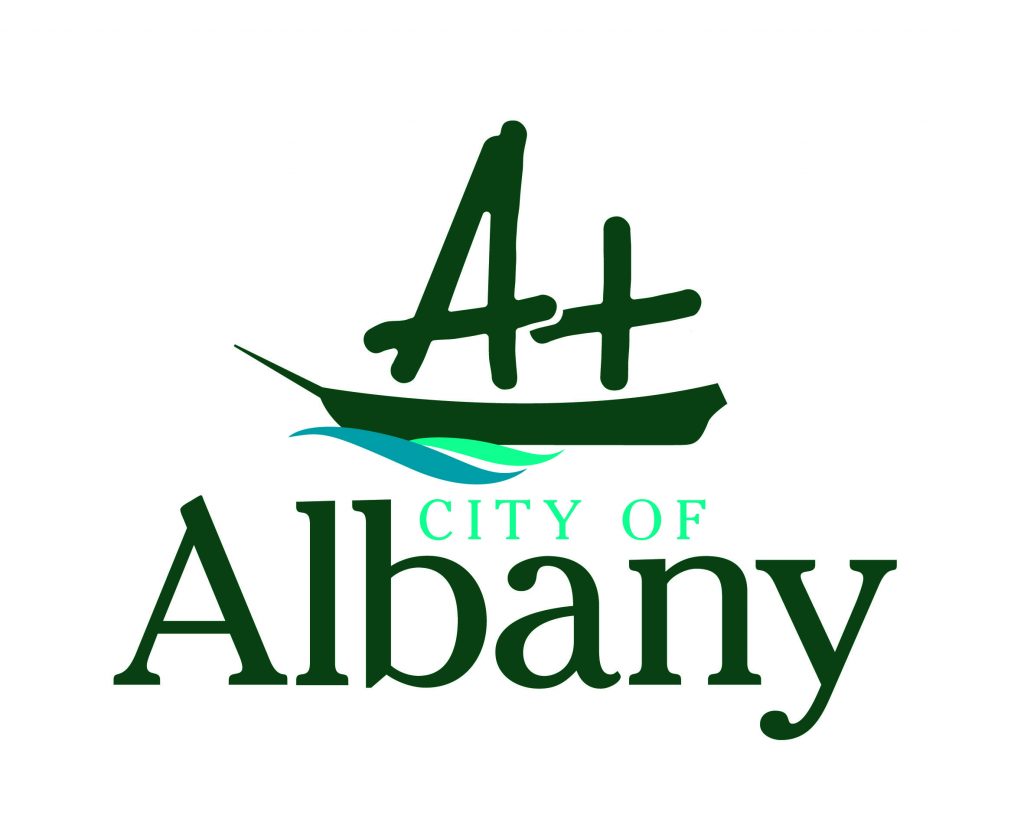2022 – 2025
Project summary
Feral animals are recognised as major predators of small livestock and native animals, including critically endangered Western Ringtail Possums and Australasian Bittern. They all occur in the 594,437ha south coast WA project area. Feral animal management is mostly undertaken on one land tenure leaving pests in adjacent areas which act as feral refuges. This project builds on the success of current and recent projects, and works across all land tenures. It expands feral control, complements Western Shield and private landholders’ current feral control expenditure.
This 4-partner project collaborates with other community-based organisations, government departments and land managers.
State NRM’s support through projects has built momentum within our organisations and led to the realisation of the necessity for our groups to collaborate. Currently we work independently carrying out similar programs using different methodologies with minimal collaboration, making it difficult to share data, measure the impact we are having and harness the benefits of widespread integrated control. This project has 4 major and equal partners, Oyster Harbour Catchment Group (OHCG), Torbay Catchment Group (TCG), Wilson Inlet Catchment Committee (WICC) and Southern Aboriginal Corporation (SAC). This project builds on, and combines, the collective knowledge gained through investment by State NRM funded projects. It ensures that strong community partnerships and working relationships with government departments are not lost. And that the substantial knowledge and efforts in setting up the Albany Feral Cat Working Group, Western Ringtail Possum (WRP) population monitoring and the Nullaki Conservation Initiative will continue and grow.
This project aims to address the following problems:
Problem 1:
Feral animals are having a significant impact on fauna and livestock.
Foxes and cats are known to be significant predators of critically endangered Western Ringtail Possums (WRPs) (Pseudocheirus occidentalis) and Australasian bitterns (bitterns) (Botaurus poiciloptilus) (National Environmental Science Program Threatened Species Recovery Hub (2019)) and agricultural losses from fox predation in Australia are estimated to be $800 million per year (NSW Natural Resource Commission).
Feral European rabbit (Oryctolagus cuniculus) compete with wildlife, and damage and degrade vegetation and land.
Research found 93% of foxes were feeding on sheep indicating that feral control on properties (particularly those with, or adjacent to sheep) is critical to reducing fox numbers. Link to Murdoch University study highlighting the role of sheep in WA fox survival
Problem 2:
Lack of ongoing funding for integrated multi-species feral animal control across land tenures that addresses the threat of feral predators and known interactions between feral species in the Albany stronghold for WRPs and known and newly identified bittern habitat.
Problem 3:
Small groups do not have the capacity to meet regularly and to share knowledge because all officer time is project-based. This project gives the 4-partner organisations a vehicle to: to meet regularly and share experiences; tackle feral control at a landscape scale; and provides an opportunity to standardise methods and data captured.
Activities the project will undertake to address problems 1 & 2: (feral impacts on fauna and livestock and lack of integrated feral management):
- Communicate about the project widely encouraging landholder involvement – aim of harnessing the huge value of in-kind driven by landholder actions
- Liaise with agencies so baiting/trapping has required permits
- Contract baiting/trapping across 8707ha targeting sites within the WRP stronghold and close to newly identified bittern population (Lake Saide)
- 2 x 1080 baiting and training workshops annually, landholders receive 5-year baiting permits
- Contract shooting on private land using licensed, insured, experienced conservation shooters (thermal scopes)
- Coordinate and manage fox and cat trap loans to the community
- Support 2 x community run fox shoots annually
- 2 x ‘feral’ themed workshops per year empowering landholders and improving success
- 3 x Indigenous knowledge and feral impacts events annually
- DBCA-grid feral camera monitoring – assesses numbers, movement patterns & hotspots
- WRP population surveys to measure feral control success
- Instigate the collection of lamb mortality data on private property
- Training for SAC Indigenous rangers team to increase local skill in feral control
Activities to address problem 3 (lack of capacity for groups to share knowledge and data:
- Hold regular project meetings
- Standardise control methods and data collection to enable ease of information sharing
- Choose a sharing tool such as Feralscan or inaturalist.
- Set up file sharing work platform to minimise the risk of data duplication or loss
The project area:
The project area is 594,437ha covered by 4 progressive environmental partners.
The project area bridges a gap in Western Shield coverage.
There is a focus on the WRP Albany stronghold population area and the recently discovered climate change refugia population of bittern (Lake Saidie).
The focus area contains:
- significant reserves, managed and unmanaged for ferals
- includes the coastal macro-corridor; Torbay-link, Gondwana-link
- significant remnant vegetation on private land
- good numbers of landholders already managing ferals
Baiting and/or trapping in reserves:
- Lowlands reserve (1540ha) is the only section of coastal macro-corridor reserve system between Torndirrup NP & Denmark that has no feral management
- Nullaki Conservation Zone (2500ha) funding finishes December 2023
- West Cape Howe NP (3580ha) part of coastal macro-corridor currently contract baited and trapped, funding finishes Dec 2021
- Bakers Junction NR (1087ha) start of link between coastal macro-corridor east of Albany to Gondwanalink
Goals of this project:
- To develop a strong collaborative working partnership between the 4 organisations that is sustainable going forward
- To increase the area of feral control across private land and build on work undertaken by past and current projects
- To increase the engagement of the community in feral control and building on current feral control efforts established over the last 3-5 years
- To reduce feral numbers (fox, cat, rabbit) in the coastal macro-corridor and reserve system as well as across private landholdings
- To increase the chance of survival of WRPs in the stronghold area in accordance with the WRP Recovery Plan
- To minimise predation on bittern
- To decrease lamb losses due to predation on productive farms and support agriculture in the region
- To decrease small landholder poultry and small animal losses due to fox predation
- To increase landholder participation in farm baiting programs and feral control in general
- To increase sharing of data and intellectual property amongst established experts and groups in the region
- To standardise methods of control and monitoring across the project area
- To increase the knowledge and skills of the rangers through training
The importance of this project and how it will benefit the local community:
- This 4-partner project will strengthen the partner organisations and empower the community by assisting landholders to undertake feral works.
- Monitoring will enable an understanding of success which can be communicated, further driving community support and involvement.
- Support for landholders through 1080 permit training and contract shooting, and workshops will help reduce stock losses and improve fauna survival, both benefiting the community.
- The sharing, understanding and valuing of Australian Indigenous knowledge is crucial to building a cohesive, diverse and sustainable community and environment.
- This project will run events that will increase knowledge of, and interaction with our local Minang people and will work towards that goal.
- The project provides time on country, some on-going employment and training for the Indigenous ranger team. All things which have positive benefits to the wider community.
- The continuation of baiting and trapping in West Cape Howe National Park will be well received by the community.
- Feral control at Lowlands and Bakers Junction Nature Reserves will also meet with community approval as it is well understood that un-managed areas act as breeding grounds for feral animals, impacting on adjacent landowners and contributing to stock and wildlife losses.
- Substantial effort went in to setting up: the Feral Cat Working Group; the TCG WRP monitoring program; the SAC ranger program; and the Nullaki Conservation Initiative, however funding for these community programs are coming to an end. This project is a chance to build on the success of already established working programs.
Expected results of this project:
- Improved WRP trajectory
- Decreased fox, feral cat and rabbit population
- Improvement or stabilization of WRPs
- Increased cultural awareness
- Increased number of landholders with 1080 baiting permits baiting
- Increase in hectares baited
- Increased area of contract shooting on private properties
Methods of monitoring being utilised as part of the project:
Two main types of field monitoring will be occurring, distance sampling to assess the population of WRPs at set locations and DBCA grid style camera monitoring to assess for feral pests.
Distance sampling is the accepted method of monitoring populations of WRPs. It assesses fluctuations in populations and will pick up trends. One established site will be used and one new site set up. Each site will be monitored twice per year.
The DBCA grid camera monitoring usually has one cameras approximately every 1km2. DBCA staff will assist with the designing of the monitoring lay out for all sites. WICC are already using this monitoring method in the Nullaki Conservation Zone and have been working with DBCA on this.
This project is supported by funding from the Western Australian Government’s State NRM Program.




